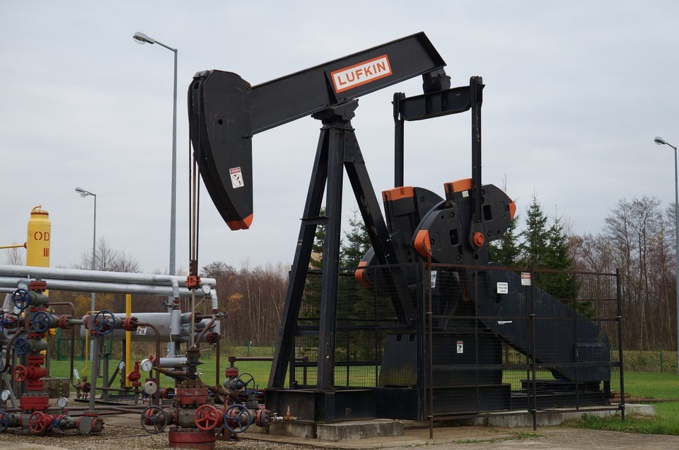The International Energy Agency predicts that in 2010-2025 the growth in production of shale oil in the United States will reach 8 million barrels per day (b/d) thanks to "extremely cost-effective development of new deposits". By the end of the 2020, this will allow the country to become a net exporter. According to the short-term forecast of the US Energy Information Administration (EIA), oil production in the US in 2017 will reach an average of 9.3 million b/d, that is, 0.5 million b/d more than in 2016. In 2018, the EIA expects production to grow to 9.9 million b/d, which exceeds the absolute record of 1970 (9.6 million b/d). They say that the main reason for the sharp increase in production was growth in drilling efficiency and productivity of new wells, rather than an increase in the number of drilling rigs.
However, the EIA overestimates the importance of the technological component in the growth of productivity, MIT is confident. Based on data obtained over 3.5 years of production in the Bakken formation in North Dakota (starting in 2012), researchers found that the contribution of technology investments is overestimated almost twice - operators simply mastered the most promising areas in the face of falling global oil prices. Technical progress is embedded in the EIA predictive models: for example, it is believed that by varying the depth of the well and the amount of water and sand used to break the seams, the productivity can be increased by 10% per year. The real figure at best approximates to 6.5%, noted in MIT. This means that the inaccuracy of the model will be increasing year by year in proportion to the exhaustion of the best deposits, especially since, according to the EIA itself, half of the production now falls on wells not older than two years. As a result, real production of oil and gas in 2020 may lag behind the forecast by more than 10%, MIT believes.
source: bloomberg.com
However, the EIA overestimates the importance of the technological component in the growth of productivity, MIT is confident. Based on data obtained over 3.5 years of production in the Bakken formation in North Dakota (starting in 2012), researchers found that the contribution of technology investments is overestimated almost twice - operators simply mastered the most promising areas in the face of falling global oil prices. Technical progress is embedded in the EIA predictive models: for example, it is believed that by varying the depth of the well and the amount of water and sand used to break the seams, the productivity can be increased by 10% per year. The real figure at best approximates to 6.5%, noted in MIT. This means that the inaccuracy of the model will be increasing year by year in proportion to the exhaustion of the best deposits, especially since, according to the EIA itself, half of the production now falls on wells not older than two years. As a result, real production of oil and gas in 2020 may lag behind the forecast by more than 10%, MIT believes.
source: bloomberg.com



















